Getting Started
Data and Metadata
Figure 1
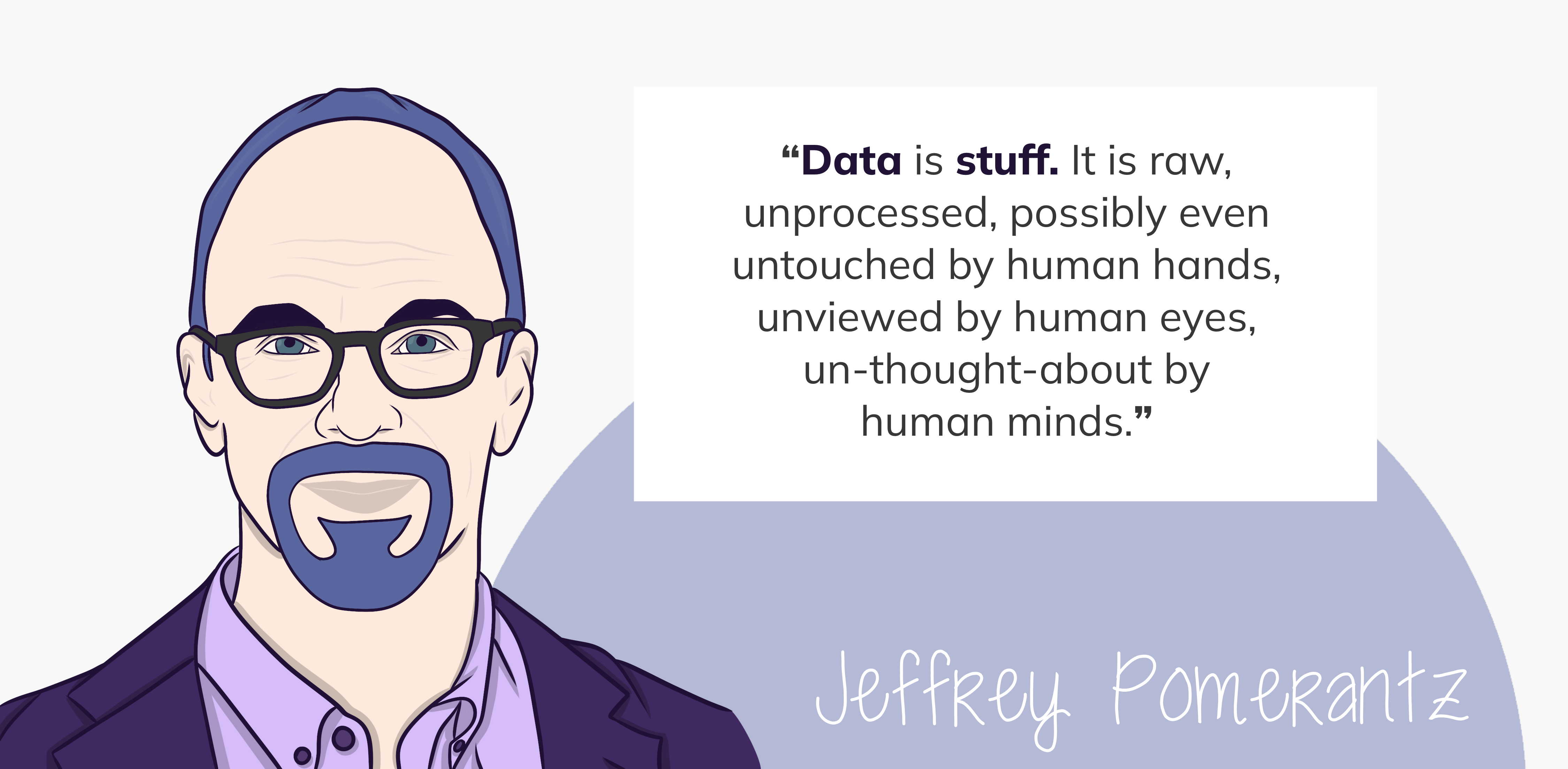
Pomerantz, J. (2015). Metadata. Cambridge, MA:
MIT Press.
Figure 2
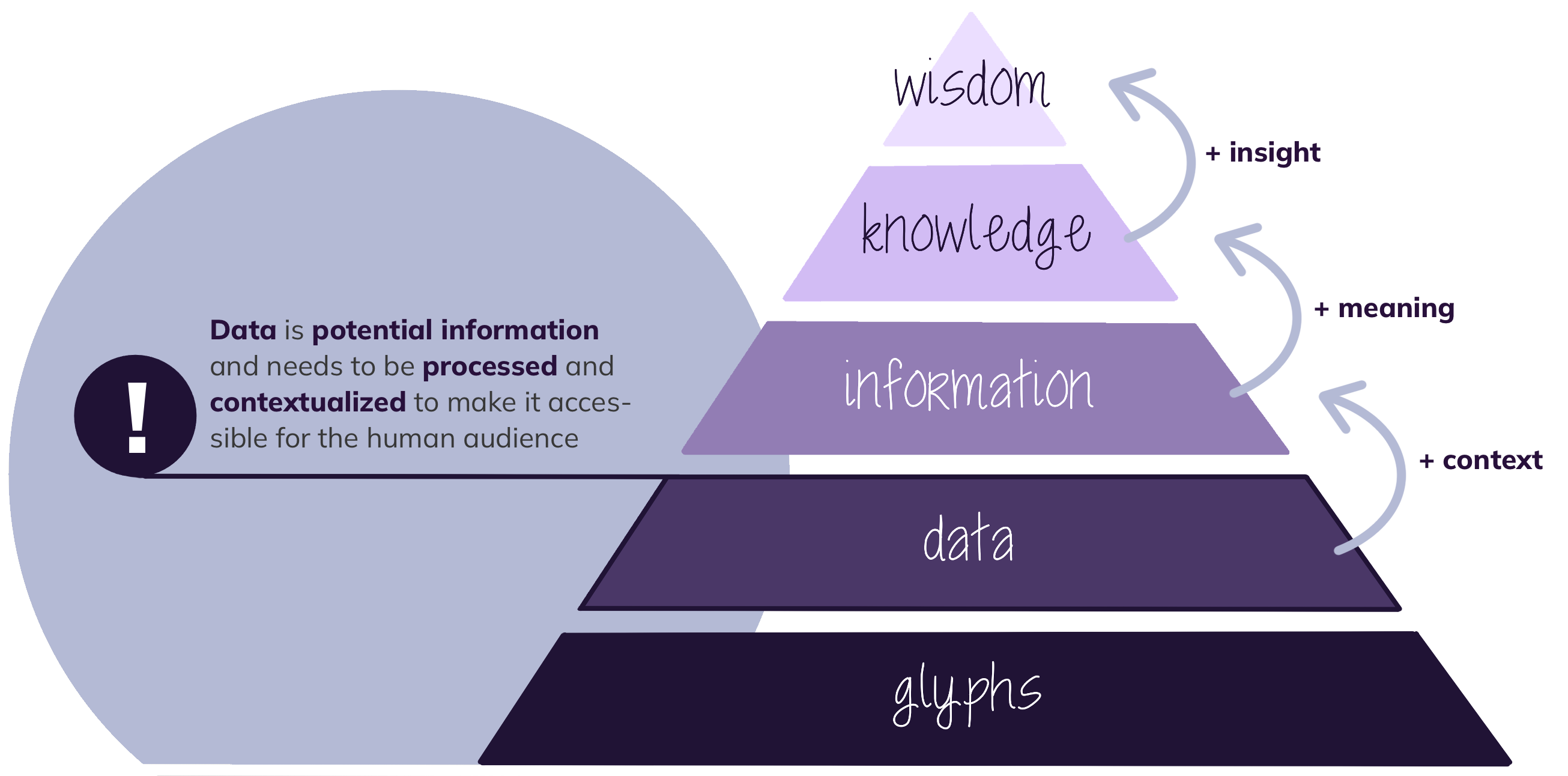
Structured Metadata: From Markup to JSON
Figure 1
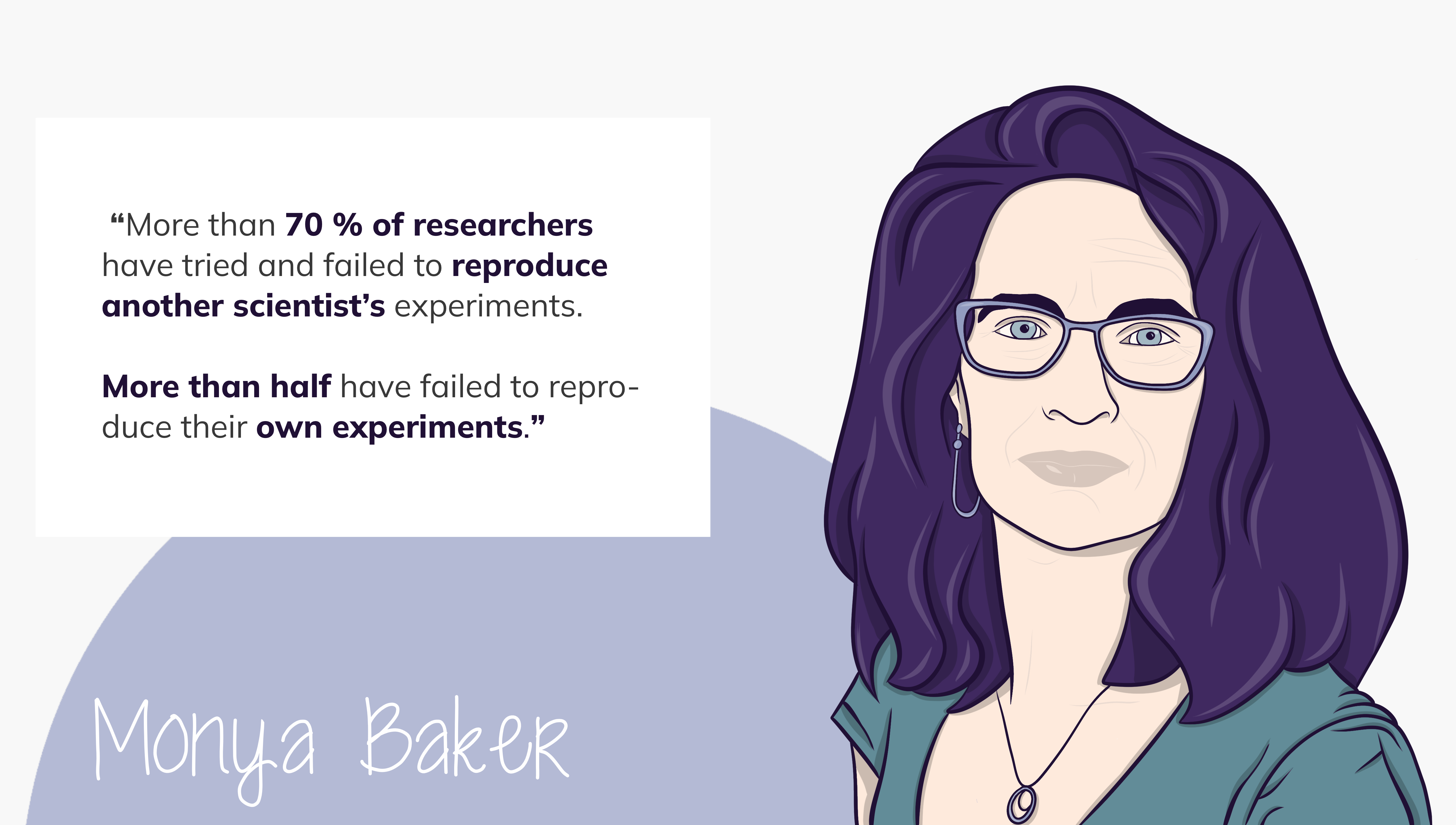
Baker, M. (2016) “1,500
scientists lift the lid on reproducibility.”, Nature
533, 452 -
454.https://doi.org/10.1038/533452a
Figure 2
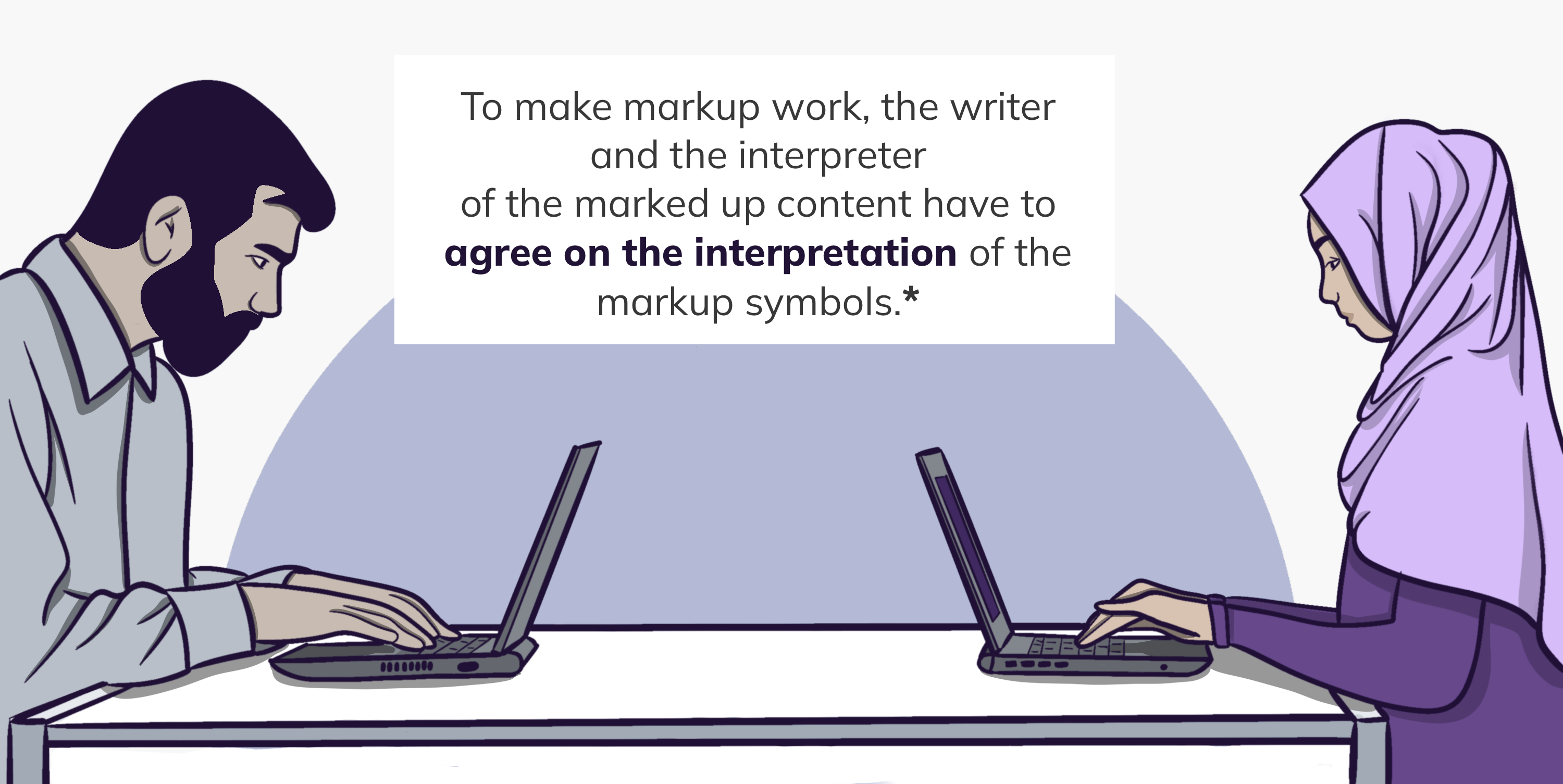
* Zender, C. (2005) Cynthia
Zender (2005). Markup 101: Markup Basics. SAS Institute.
https://www.lexjansen.com/pharmasug/2005/Tutorials/tu12.pdf
Enabling Technologies and Standards
Figure 1
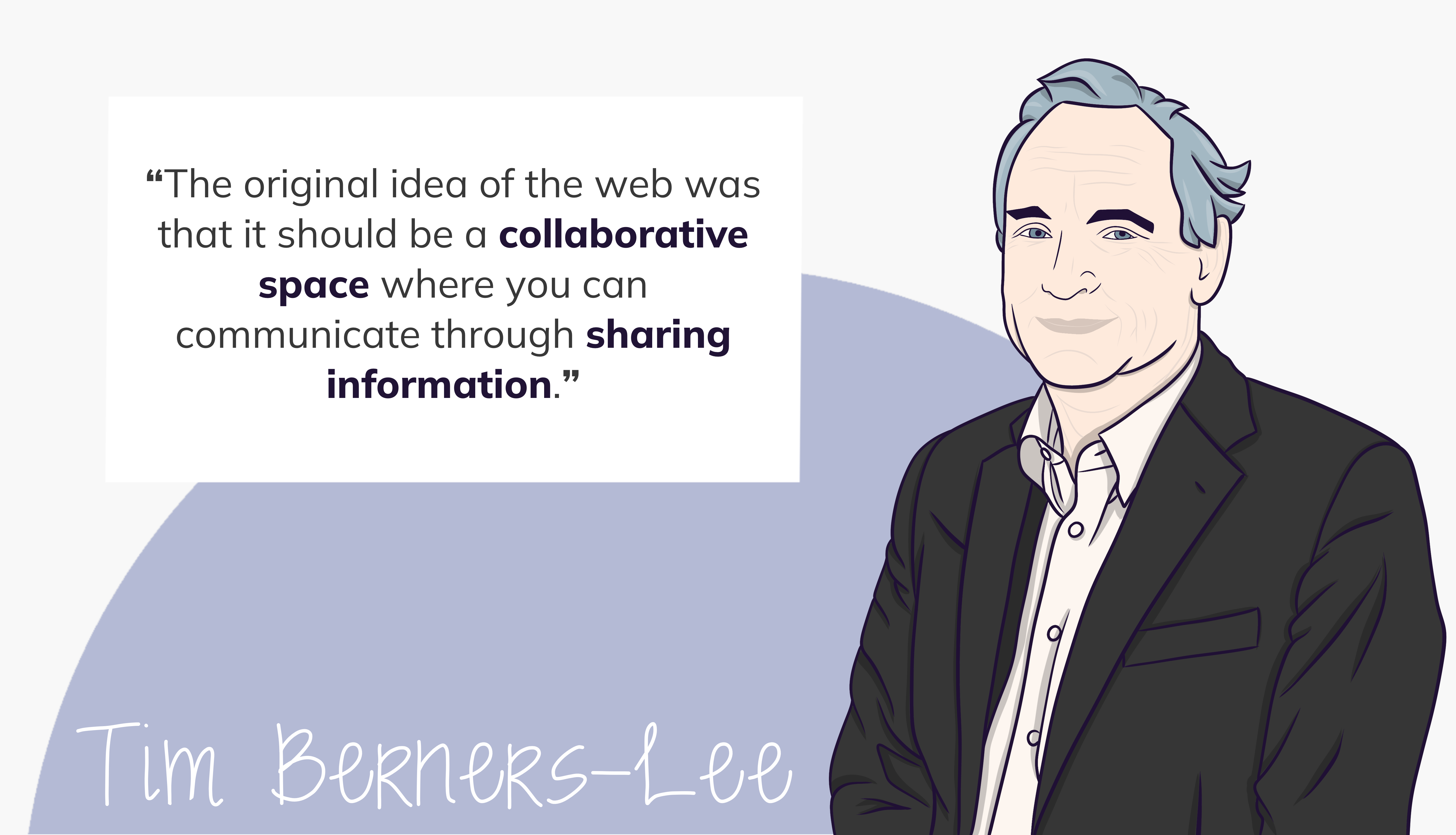
Figure 2
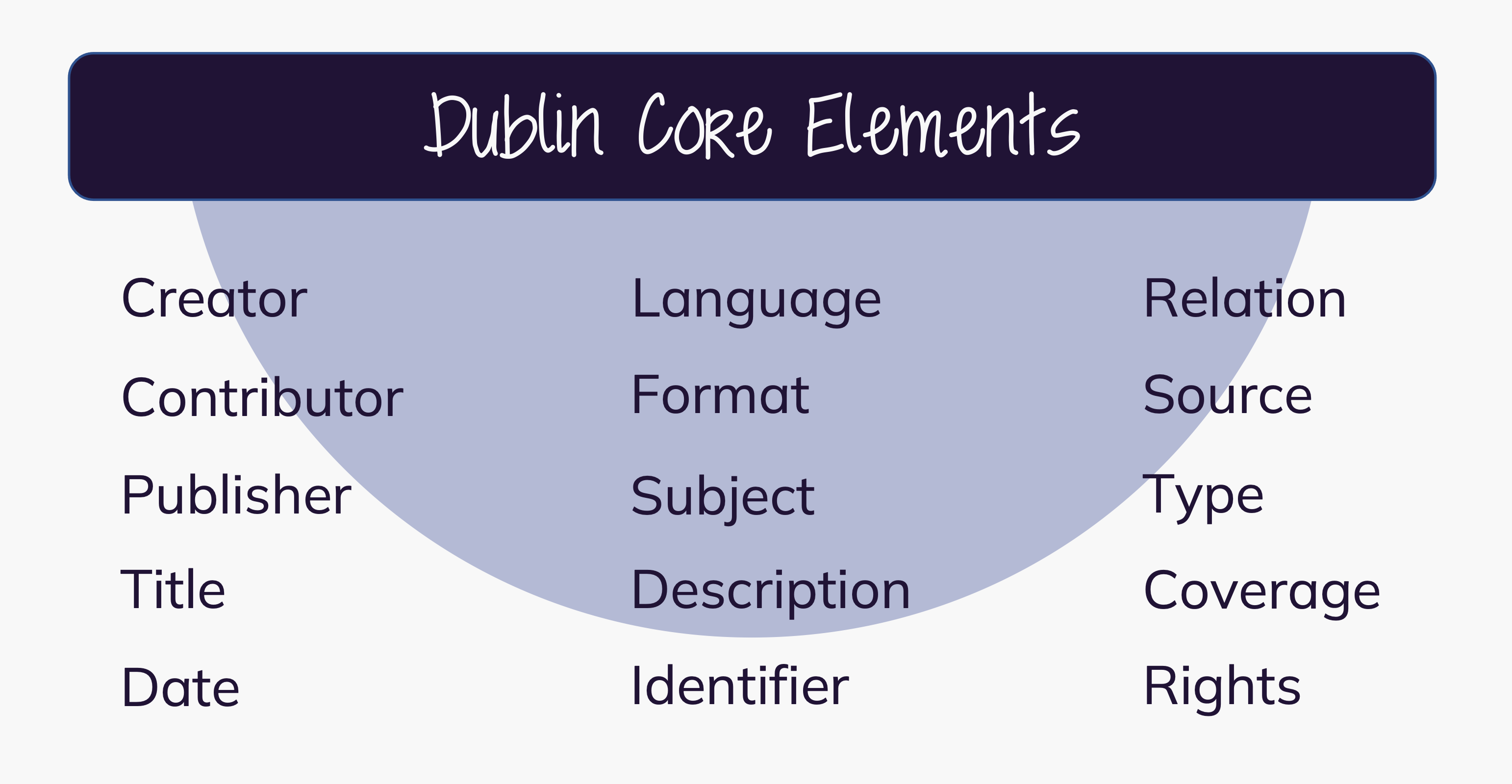
(Web) Location and Identifiers
Figure 1
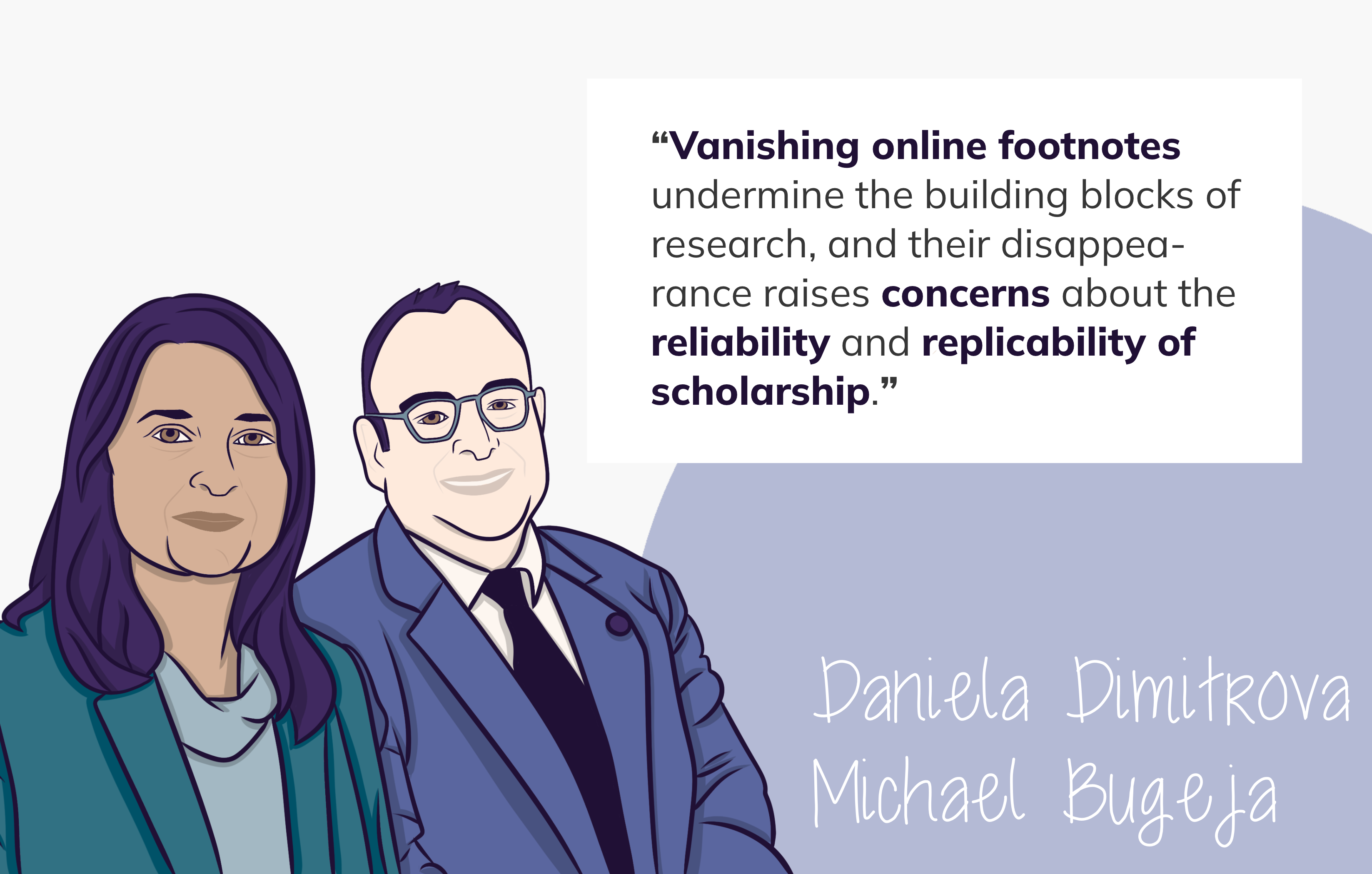
Bugeja, M., Dimitrova, D.
(2010) in “Vanishing Act: The Erosion of Online Footnotes and
Implications for Scholarship in the Digital Age.” Litwin Books.
https://dr.lib.iastate.edu/handle/20.500.12876/96527
Figure 2
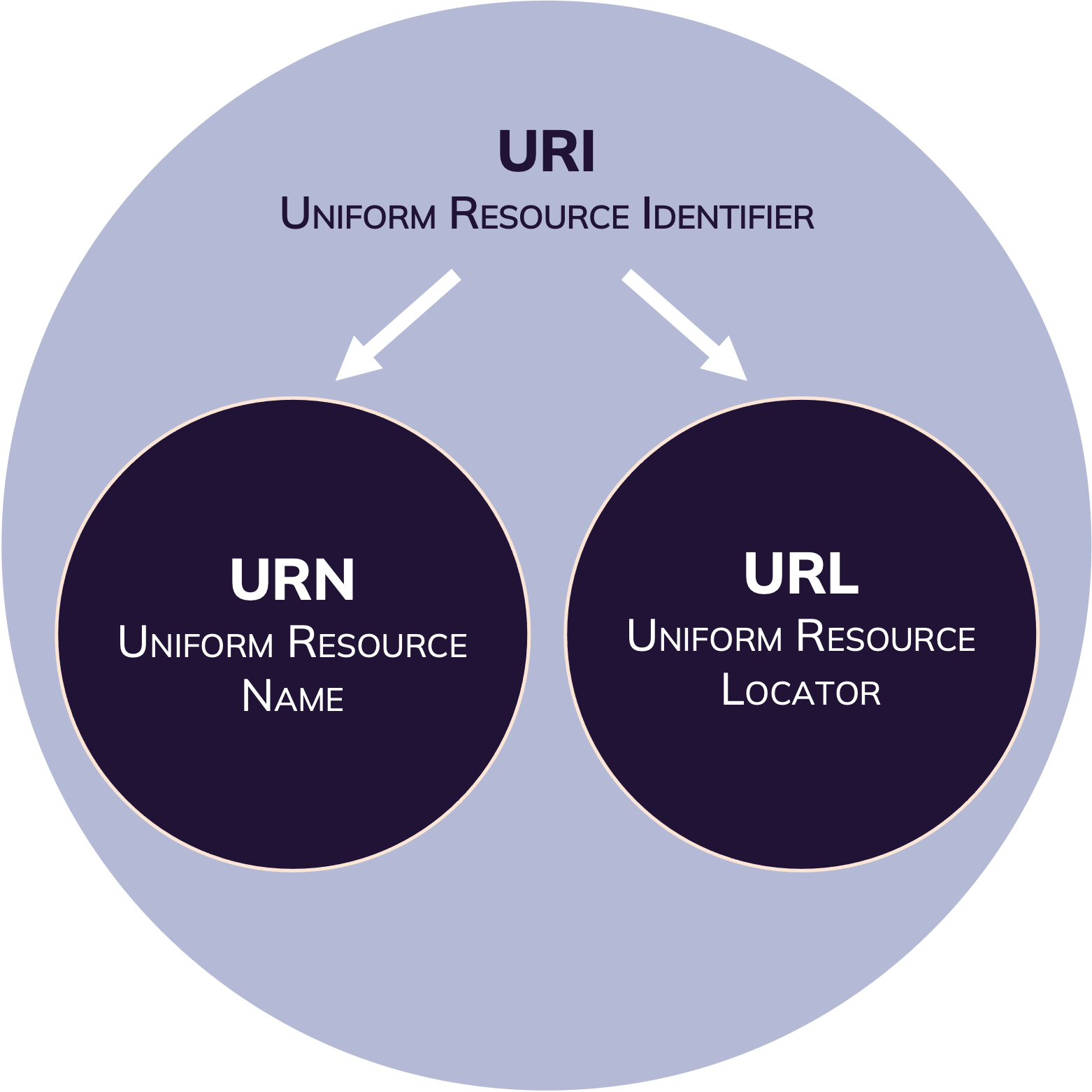
Figure 3

URL Example
